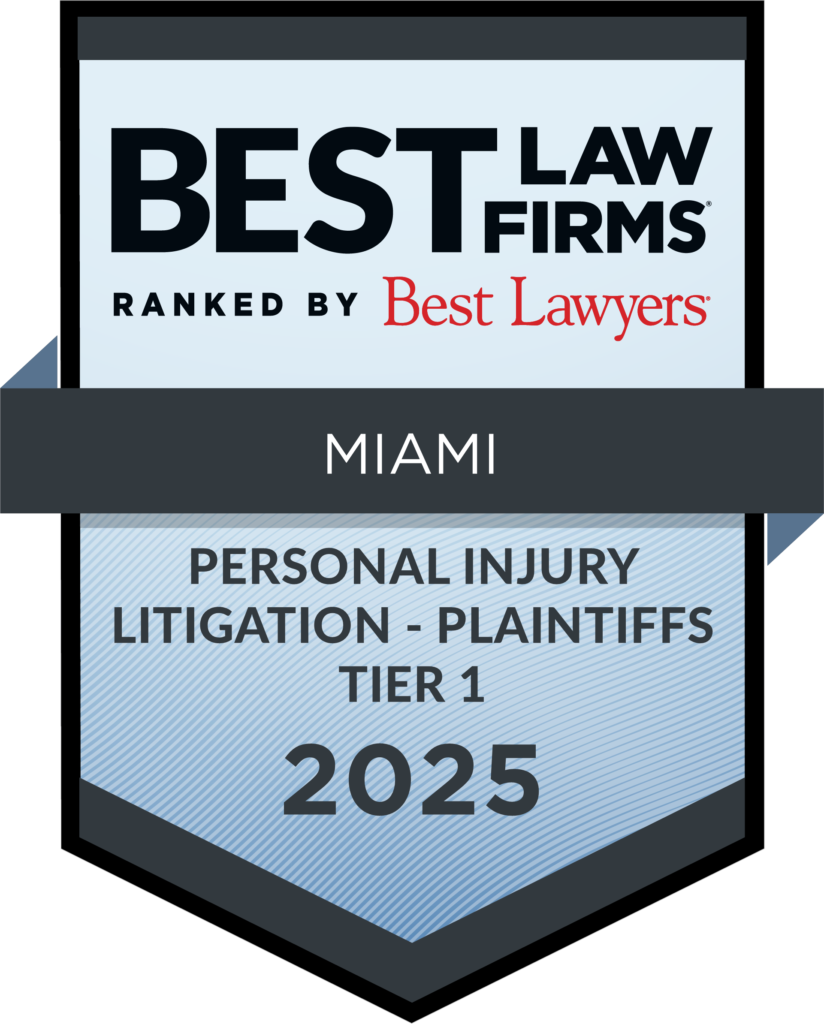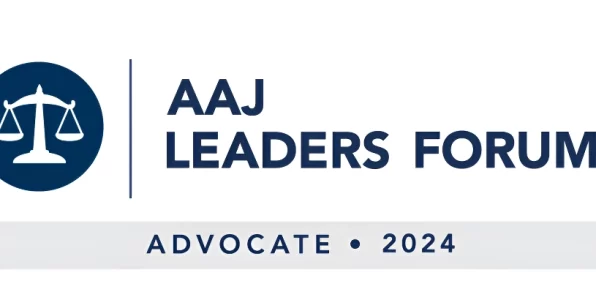On August 16th, 2018 The Haggard Law Firm will present Winning Case Strategies in Premises Liability, FREE CLE Credit Seminar. The event will take place from 1 to 5pm at the Doubletree Jacksonville Riverfront. To RSVP for the seminar, email of call Stacy at slaffere@haggardlawfirm.com 305.446.5700
Among the topics to be discussed, road construction cases. That portion of the seminar will be lead by Haggard Law Trial Lawyer Douglas McCarron, who wrote the following article on the topic which was originally published in the Daily Business Review.
Navigating The Road Construction Case
Article by, Douglas McCarron, The Haggard Law Firm.
In today’s day and age, road construction is everywhere. It causes frustration and traffic jams throughout South Florida. More importantly, the road construction causes confusion for motorists on how they are to traverse a construction zone.
When analyzing an auto case, it is extremely important to determine if road construction played a hand in the accident. Investigating and taking photographs and video of the scene is crucial. Road construction projects change on a daily basis, so it is imperative to get photographs/video of the scene as soon as practicable.
Depending on the severity of the accident and the injuries involved, the police may document the scene. Many times, even in smaller accidents, construction personnel take photographs or otherwise document the scene. Nevertheless, it is critical that no stone go unturned in trying to locate photographs and video of the accident site. Look for red-light cameras and business surveillance equipment in the area of an accident and make sure to send subpoenas or spoliation letters.
Generally, road construction projects are funded by either the state or county government. As such, the project plans and documentation are public records. Within the plans, you will find a plethora of information such as the identity of the general contractor, the subcontractors, the construction engineering and inspection firm and the daily progress reports. Most importantly, the documents will enable you to identify the entity that was responsible for the maintenance of traffic , or MOTs, for the project.
MOTs are an integral part of all road construction projects. The Florida Department of Transportation requires their implementation as well as the training and certifications of the individuals who are charged with responsibility for developing the MOT plan for a specific project. The Manual on Uniform Traffic Control Devices, or MUTCD, sets the minimum standards in many states. These standards have been developed over the years in an effort to protect the traveling public.
The manual states: “The traffic control devices (TCD) are very critical for the safe and efficient transportation of people and goods. The Manual on Uniform Traffic Control Devices (MUTCD), by setting minimum standards and providing guidance, ensures uniformity of traffic control devices across the nation. The use of uniform TCDs (messages, location, size, shapes and colors) helps reduce crashes and congestion, and improves the efficiency of the surface transportation system. Uniformity also helps reduce the cost of TCDs through standardization. The information contained in the MUTCD is the result of either years of practical experience, research, and/or the MUTCD experimentation process. This effort ensures that TCDs are visible, recognizable, understandable and necessary. The MUTCD is a dynamic document that changes with time to address contemporary safety and operational issues.”
Implementation
When dealing with the manual, it will be extremely important to find a qualified expert in the field. As stated, the standards are fluid and have changed over time as the industry has learned of more hazards associated with road construction projects. Moreover, the manual does not utilize a cookie-cutter approach. Each project has different characteristics and concerns. The manual provides human factor and engineering guidance to qualified professionals when developing a plan. As such, each situation cannot always be treated the same.
Another important factor is that road construction sites change on nearly a daily basis. Motorists and pedestrians need to be given clear direction on how to traverse the area safely so it is imperative that the contractors examine the MOTs continually. What worked and was within the industry standard one day could create a hazardous condition on the next.
Sadly, I have seen far too many instances where the implementation of a proper MOT plan has not been given the appropriate amount of attention by the contractors. This lack of attention is a danger to us all and leads to catastrophic injuries or death.
When deciding on pursuing a road construction case, one must realize that you are in for a fight. These cases are usually vigorously defended and can get complex. This is only a general overview. Obviously, there is much more that goes into it. There are many moving parts and, in many instances, a number of entities that are responsible for the maintenance of traffic. Further, there are statutory immunity issues and vicarious liability concerns.
That said, by concentrating on the inherent risks associated with road construction projects and detailing why the area was confusing for the traveling public, these cases can help ensure that the responsible parties are held accountable.

Partner Douglas J. McCarron is an accomplished trial lawyer with significant experience handling a wide variety of cases including negligent security, pool drowning, dram shop, and construction and auto accidents. Read more











